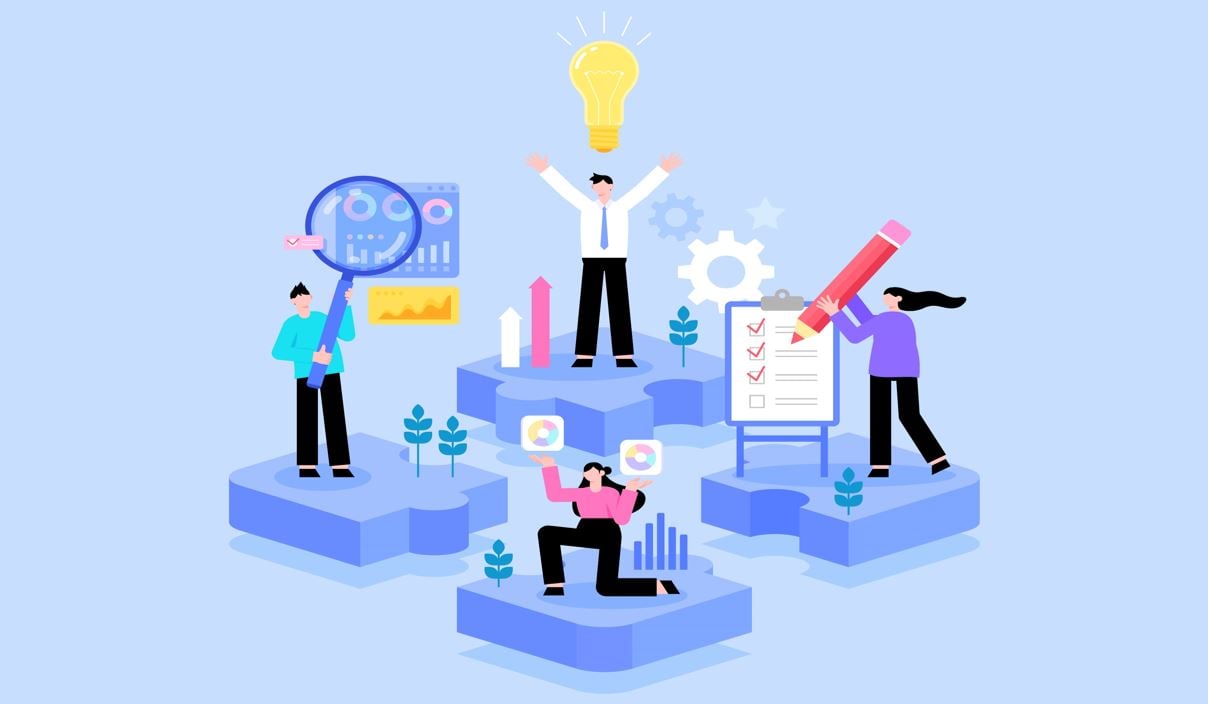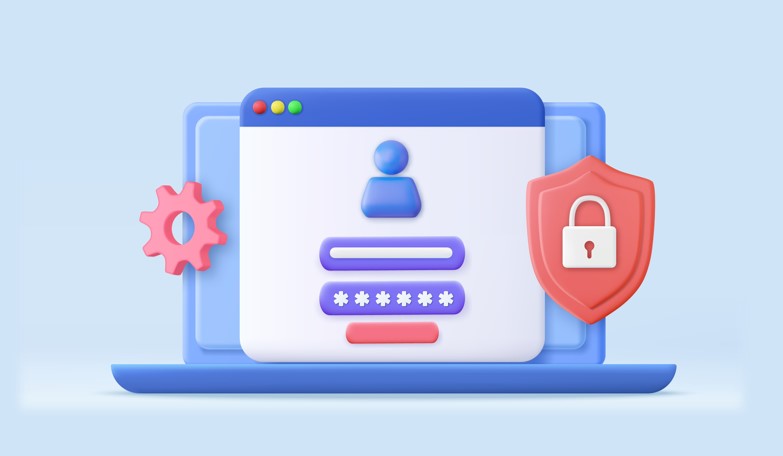API vs SDK. What’s the difference? It's what you're developing...

In today’s rapidly changing business environment, many organizations are looking to develop pragmatic apps and software with the aim to create highly personalized, seamless digital experiences for their clients. User experience (UX) for every dollar spent is estimated to bring in between $2 and $100 in return on investment. User experience is also paramount in employee satisfaction, after all, they must use integrated company systems on a day-to-day basis in order to successfully implement business strategies and ultimately aid in customer gratification.
In the pursuit of moving software and/or applications from concept to reality, an understanding of terminologies regarding the software development process is key. Two of the most well-known solutions and best practice toolkits that often come into play are SDKs & APIs. SDK stands for a software development kit, whilst API stands for an application programming interface. These two tools and their synchronization are often the driving force between web communication and implementation for development.
A frequent misconception is that one must decide whether to use either an SDK or an API when developing a project. The reality is that SDKs and APIs often overlap in one way or another, which can make comparing them or choosing between them at times difficult to understand. In truth, there are situations where the best solution includes both. In addition to this, an API can also be packaged as part of an SDK. SDKs can include one or multiple APIs accompanied by detailed programming tools and technical documentation.
API: Definition
One no doubt highly familiar example of API usage is in social media interactions. When a user interacts with content to comment, like, share, they’re utilizing an API not just to interact, but also to store their data, to follow a user, to delete tweets, and so on and so forth. In layman’s terms, an API is simply a set of instructions that allow for consistency in relation to commands and instructions, often across multiple platforms. It is essentially an interface that allows the software to interact with other software, with its code allowing for clearly defined communication between two separate apps
An API is normally purpose-built to perform a specific function of allowing communication between specific applications. It is a set of protocols and tools for building application software with distinctly defined methods of communication between numerous software components. Most companies, especially in the tech sector, have built APIs for their customers and/or for internal use, for example, a website form fills that link to a customer's Google calendar from a business's website.
SDK: Definition
SDK is an integrated platform containing a set of tools to enable the creation of these applications. Whilst APIs facilitate and allow interaction between applications, on their own, they do not contain the building blocks and information required to create a brand-new app.
SDK tools will include a variety of items, including documentation, sample codes, processes, guides, and libraries that developers can use and integrate into their individual apps.
In the world of Apple, you would need an iOS SDK to build an iOS app, Microsoft Android SDK toolkit to build an Android app, or in relation to Bluetooth or wireless products, a Nordic SDK would be required (to name a few).
So, what’s the difference?
The above can be a source of confusion for non-developers. The fact that both API and SDK can connect software together does mean on the surface they seem remarkably similar. However, it is important to revert to the meaning of SDK: it’s a development kit (devkit for short). The SDK can contain one or more APIs plus essential functions. But the API is just one part of an SDK. Think of the devkit as a larger “container” for a whole assortment of SDK tools for a clearer definition.
An API is a group of libraries that make up the main language that you can develop with “out of the box”. An SDK is a development kit that facilitates the usage of a particular API. Theoretically, both are methods programs to interface with and manage the resources provided by another piece of software. That software could be an end-user application, an OS service, or a web service, amongst many others.
To conclude, an API can be viewed as an interface to a service, while an SDK is a set of tools or elements for a specific purpose. If you want to add some specific features to your development project, go with an API. However, if you are starting a project from scratch, an SDK will provide the foundational tools and building blocks to get you started.
Another common non-technical example of SDK vs API is the house analogy. An SDK represents an entire house. All of the rooms, furniture, telephone lines, aerial cables, and other elements. API would represent just one of these elements, for example, the aerial cables that are required to bring communication in and out of the house, with your TV set being the interface.
There is also a strong business case for bringing products such as SDK to market. By allowing other brands to use your technology via your SDK, you can open the door to new opportunities for your brand to reach wider more varied audiences and industries. The openness to share the foundations of your technology with others can boost reputation in a market where word of mouth and access to new technology travels fast. All it takes is providing a functional SDK tool for businesses and their development teams that other apps can implement and integrate with. Our swIDch Auth SDK is built with this in mind. Share the wealth.

